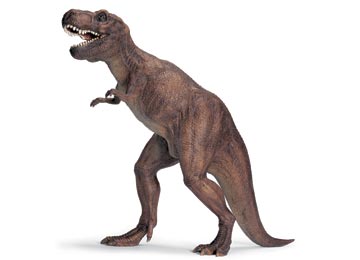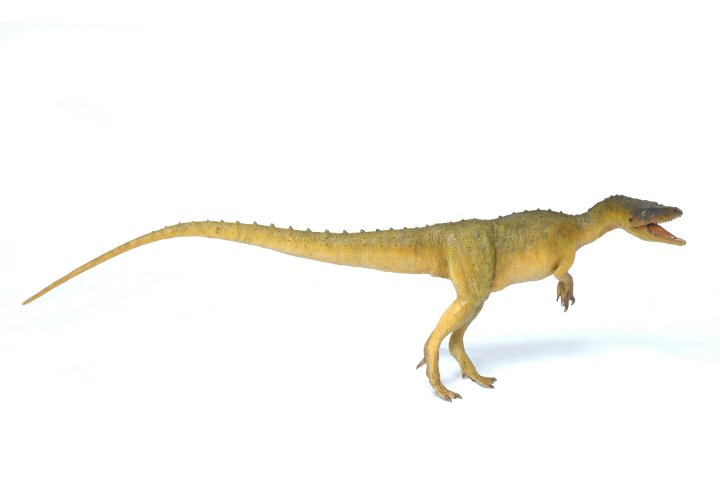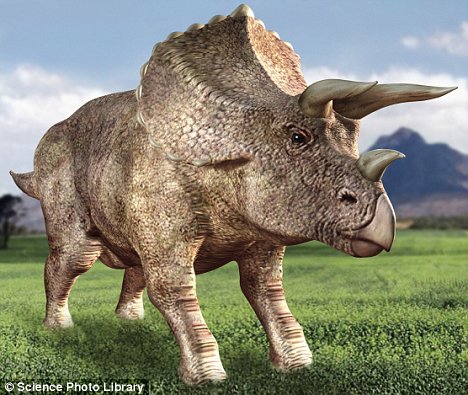Do cat eyes glow in the dark? Yes and do you wanna know why cat eyes glow in the dark? Ok, check it out!

Scary isn't it?
Why do cat's eyes glow in the dark?
Unlike human eyes, which work best in day light, the cat’s eyes must function well in extremely low light condition and as such are well suited to an animal that is predominantly nocturnal and crepuscular in activity. In darkness, cats eyes are able to function in approximately one-sixth of the light needed for human vision. However they must also be able to function well in daylight so just how is this achieved. In low light levels the cats pupil must be able to open as wide as possible, but also be able to contract to very small size to protect the sensitive retina in bright sunlight. In human eyes, this size variation of the pupil is controlled by a circular ciliary muscle, but this limits the amount of size variation. In cats however, the same process is controlled by two, shutter-like ciliary muscles, which gives the cat it’s characteristic slit-like pupil in bright light conditions. All cats pupils are therefore elliptical, however some, notable the ‘Big Cats’, appear more circular when dilated.

The size of the cats eye is relatively larger than those found in human, this enables a larger pupil and therefore more light to enter the eye. Generally, the lens is more curved enabling sharper focusing even at the edges of the lens. The size of the anterior chamber and the curvature of the cornea is also greater, which helps more light to be refracted onto the light-sensitive retina.
Another feature, which enabled the amount of light hitting the retina to be increased, is the tapetum lucidum. This is positioned at the back of the eye, behind the retina and acts like a mirror, reflecting light back onto the light sensor cells in the retina. This gives the cats eyes the characteristic night-time glow when they are caught in a beam of light.
There are two distinct types of light receptor cell on the retina – Cones, which are sensitive to high levels of light, used in colour vision and Rods, sensitive in low light conditions. In cats, there is a greater concentration of Rods, aiding their night-time vision. As in humans, there is a greater concentration of receptor cells at the centre of the eye, leading to the optic nerve. In cats, however, these a concentrated along a broader, horizontal band. This gives the cat far more sensitivity to movement along the horizontal axis and they are therefore more able to detect prey movement along the ground at greater distances.

 <- THIS IS THE SLOW LORIS PICTURE
<- THIS IS THE SLOW LORIS PICTURE












 S
S